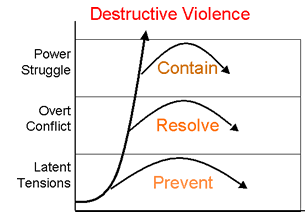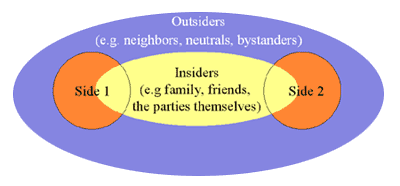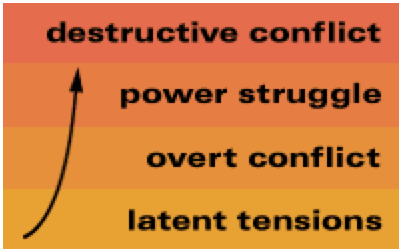What they didn’t Tell You in School: An Inner Resistance to Violence
In World War II, the U.S. Army was astonished to learn that at least three out of every four riflemen, trained to kill and commanded to do so, could not bring themselves to pull the trigger when they could actually see the person they were about to shoot. Amazingly, this held true even when the individual rifleman himself was in danger of being shot. The riflemen refrained from shooting as long as they thought they were not being observed by their commanding officer.
Psychiatrists found that the chief cause of combat fatigue was not fear of being killed, but fear of killing. Colonel S. L. A. Marshall, who interviewed the infantrymen, concluded:
“It is therefore reasonable to believe that the average and normally healthy individual-the man who can endure the mental and physical stresses of combat-still has such an inner and usually unrealized resistance towards killing a fellow man that he will not of his own volition take life if it is possible to turn away from that responsibility. Though it is impossible that he may ever analyze his own feelings so searchingly as to know what is stopping his own hand, his hand is nonetheless stopped. At the vital point he became a conscientious objector, unknowing.”
The inner resistance to violence is a well-kept secret, for interestingly, when interviewed, each rifleman believed that he was the only one disobeying the orders to shoot.




